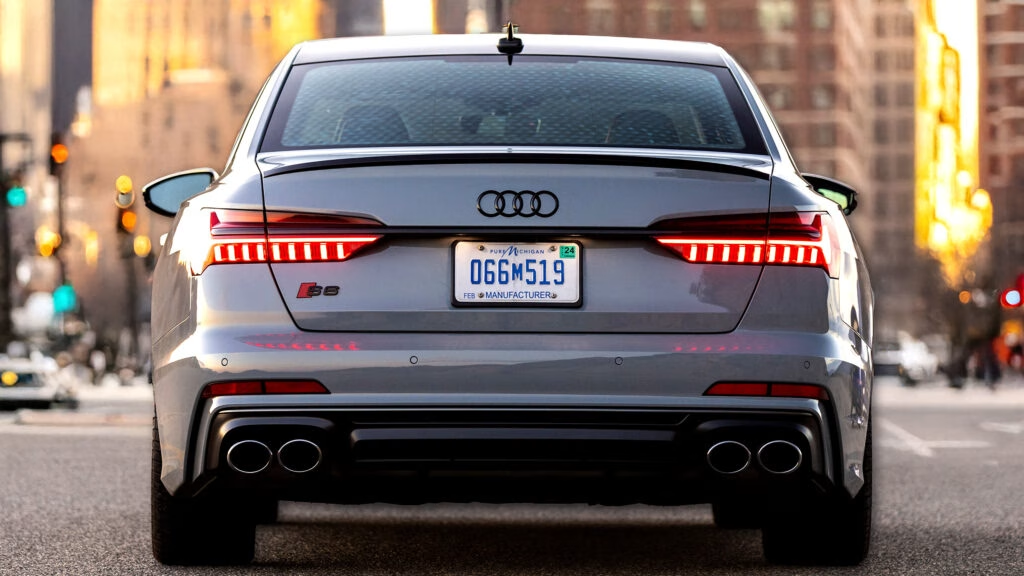Understanding the Rise of Super-Scofflaws in New York City
New York City is known for its vibrant culture, iconic skyline, and, unfortunately, its notorious drivers. Recent reports have highlighted a troubling trend: a small group of individuals, dubbed “super-scofflaws,” are racking up astronomical amounts in unpaid traffic fines, raising questions about the effectiveness of the city’s traffic enforcement systems.
The Alarming Statistics Behind NYC’s Traffic Violations
In 2024 alone, one driver in an Audi A6 accumulated a staggering 563 tickets, amounting to over $58,000 in fines. This individual is not an outlier; another driver in a Mercedes-Benz received 474 tickets, with fines totaling nearly $48,000. These figures illustrate a disturbing pattern of behavior among a select few who seem to believe that traffic laws do not apply to them.
The majority of these violations are captured by automated systems such as speed cameras and red light cameras. While these technologies are intended to enhance road safety, they also create a loophole for offenders. Since these tickets do not carry points on a driver’s license, many offenders feel emboldened to ignore them, leading to a cycle of repeated violations without immediate consequences.
The Role of Automated Enforcement in Traffic Safety
Automated enforcement has become a cornerstone of New York City’s traffic management strategy. The city employs speed cameras, red light cameras, and even noise cameras to monitor and penalize unsafe driving behaviors. According to a report from StreetsBlog, these systems have issued thousands of tickets, yet they appear to be ineffective in deterring habitual offenders.
The data reveals that many of these super-scofflaws are undeterred by the fines because they do not face the same repercussions as those ticketed by police officers. As Ben Furnas, Executive Director of the Transportation Authority, noted, “These results point to a small population with a shocking pattern of recidivism, resistance to traditional deterrents, and disregard for human life.” This raises a critical question: how can the city effectively address this issue?
Potential Solutions to Combat Reckless Driving
One proposed solution is the introduction of legislation that would require speed limiters in the vehicles of repeat offenders. This approach aims to directly address the behavior of the most dangerous drivers by limiting their ability to exceed speed limits. Such measures could significantly enhance road safety and reduce the likelihood of accidents caused by reckless driving.
However, the bill, known as SB S7621, is still in the legislative process and has yet to be passed into law. In the meantime, the city continues to grapple with the challenge of enforcing traffic laws against those who blatantly disregard them.
The Broader Implications for Public Safety
The implications of this trend extend beyond mere fines; they touch on the broader issue of public safety. With the increasing number of vehicles on the road and the prevalence of distracted driving, the potential for accidents rises dramatically. The behavior of super-scofflaws not only endangers themselves but also puts the lives of other road users at risk.
As New York City continues to evolve, addressing the issue of reckless driving and the culture of impunity among certain drivers will be crucial. The city must explore innovative solutions and strengthen enforcement mechanisms to ensure that all drivers adhere to the rules of the road.
In summary, the rise of super-scofflaws in New York City highlights a significant challenge in traffic enforcement. With a small number of individuals accumulating massive fines without facing serious consequences, the city must take decisive action to protect its residents and improve road safety for everyone. As discussions around potential legislation continue, the hope is that effective measures will be implemented to deter reckless driving and promote a culture of accountability on the streets of New York.

